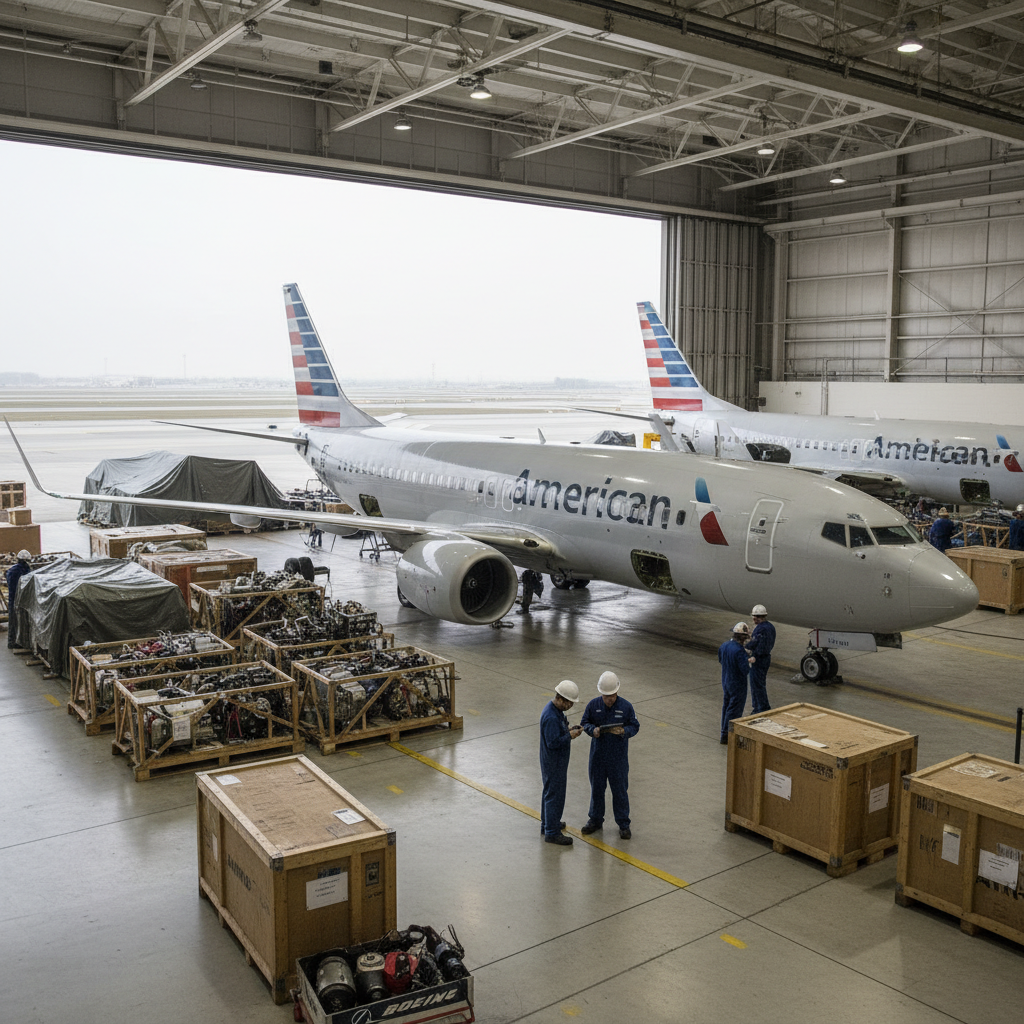Physical Address
304 North Cardinal St.
Dorchester Center, MA 02124
Physical Address
304 North Cardinal St.
Dorchester Center, MA 02124
Global aviation news tracker
Global aviation news tracker

U.S. airlines are accelerating fleet renewal but are being slowed by OEM supply constraints.
Major U.S. carriers have ordered large numbers of new-generation single-aisle jets from manufacturers such as Boeing and Airbus, aiming to cut fuel burn and improve passenger experience. That push — often called fleet renewal — is central to network planning and sustainability goals, but original equipment manufacturer (OEM) production bottlenecks mean deliveries are arriving later than airlines planned.
With new aircraft backlogs stretching, carriers are extending the service life of older types, increasing heavy maintenance checks, and using short-term leases to keep schedules intact. These interim measures preserve capacity while teams prioritize reliability and regulatory compliance for aging airframes.
Airlines are balancing long-term orders with near-term operational needs. Rather than grounding older jets, many operators are investing in upgrades: avionics refreshes, cabin retrofits, and engine shop visits that can add safe, dependable years to a plane’s service. Fleet planners are also staggering retirements so routes remain covered during the slower inflow of new A320 and 737-family models.
Passengers may notice fewer new interiors or delayed seatmap rollouts on some routes, while airlines tighten schedule buffers to reduce knock-on delays. Network teams are reshaping summer and holiday flying plans to reflect realistic delivery timelines rather than optimistic build rates.
For investors and flyers alike, the supply-side reality at OEMs means modernization will be a phased process. Carriers will still reach for lower-emission, fuel-efficient fleets, but the transition will rely on creative short-term fleet management and tighter collaboration with lessors and manufacturers to bridge the gap.